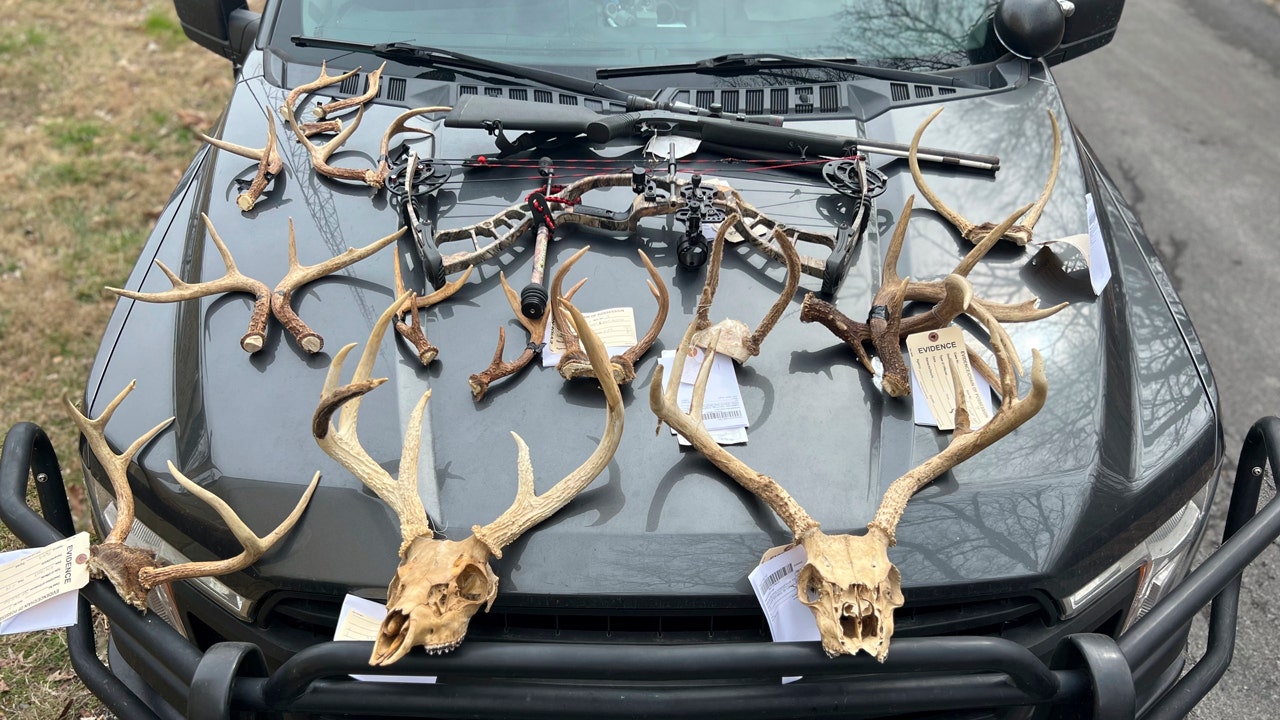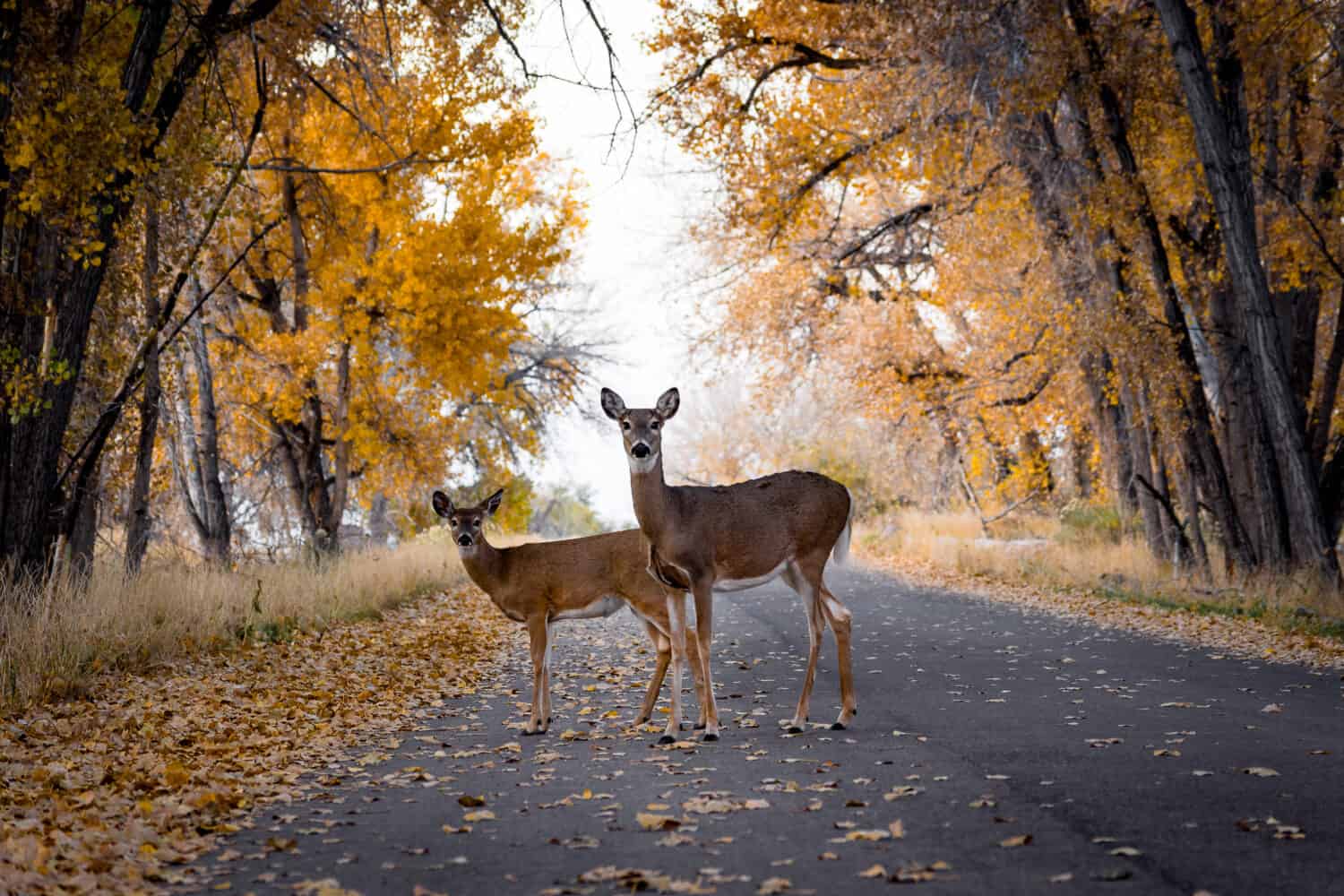





Deer hunting serves as a valuable tool for managing wildlife and mitigating crop damage and disease exposure for livestock. It also provides an opportunity for hunters and conservation groups to contribute to habitat restoration and firearm safety initiatives [a3627a57]. Ohio and New York are prime locations for deer hunting due to their high success rates, increasing deer populations, and ideal habitats. Both states have deer management programs in place to ensure the deer reach their full potential and help control overpopulation. Ohio's landscape, consisting of a mixture of forest, brushland, and cropland, provides an ideal habitat for deer. The state also offers access to private lands through the Ohio Landowner/Hunter Access Partnership program. Ohio has one of the longest deer hunting seasons, and hunting regulations are easy to follow. Licenses and tags are sold over the counter, and the state offers affordable hunting opportunities for residents and non-residents. Hunting in Ohio is a longstanding tradition, passed down through generations, and contributes significantly to the state's economy. Deer hunting in Ohio helps maintain the health of the environment and provides a source of natural, free-range food. The economic benefits of hunting-related industries in Ohio are substantial. [f1568111] New York State is also a popular destination for deer hunting, with over 500,000 deer hunters contributing nearly $1.5 billion to the state's economy. The state's diverse landscape, abundance of deer, and strict management by the Department of Environmental Conservation make it an ideal spot for hunting. New York's landscape, including mountains, valleys, and waterways, provides ideal habitats for deer. The state's deer population has rebounded since the 1930s, and hunters harvest about 220,000 deer each year. The hunting season in New York runs from mid-September to the end of December, with different weapons and permits allowed. The state's deer hunting culture is deeply ingrained, with many hunters spending weeks in rustic camps and sharing stories of their adventures. Deer hunting is not allowed in some areas near larger cities, and each county may have its own regulations. The economic impact of deer hunting in the U.S. is significant, with hunters and sport shooters contributing $149 billion to the economy in 2020 and supporting around 970,000 jobs. A recent survey by the U.S. Fish & Wildlife Service reveals that in 2022, an estimated 14.4 million people age 16 or older hunted in the U.S., contributing $45.2 billion to the economy annually. Maine ranks high among all 50 states with roughly 15% of residents holding paid hunting licenses. Big game accounted for the majority of hunters at 11.5 million, followed by small game, migratory birds, and other animals. Hunters collectively took 165 million trips in 2022, with an average of 12 days per hunter. Males dominate the hunting population at 77%, but females make up nearly a quarter. The survey also highlights the need to increase diversity in the hunting community. Overall, both Ohio and New York offer unique and rewarding deer hunting experiences for enthusiasts.
In Tennessee, a recent incident has highlighted the importance of adhering to hunting regulations and respecting private property. A man was sentenced to jail and banned for life from hunting in the state after illegally killing 15 deer over more than three years and threatening a landowner with a gun while poaching deer on his property [adbe0299]. The man pleaded guilty to aggravated assault, using a spotlight to kill deer, hunting from a motor vehicle, and hunting big game during a closed season. In August, he and another person used a spotlight to kill a doe and a seven-point buck from a vehicle during the closed deer hunting season. When confronted by the landowner, the man pointed a gun at him and threatened him. Using a spotlight to hunt deer at night is illegal in Tennessee. The man was ordered to serve six months of a four-year sentence for aggravated assault and six months for each of the hunting big game in closed season charges. He must pay $12,500 in restitution, had his hunting privileges revoked for life, and forfeited various hunting equipment and deer parts. It was also revealed that the man had a previous poaching conviction in 2021. Over 3 1/2 years, he was charged with killing or assisting in killing 15 deer illegally and admitted to poaching 20 deer from the road in 2020 alone [adbe0299].
In Finland, ten local hunting associations have terminated their big game support agreements with the police due to current game policies. The associations are upset by court decisions that have overturned special permits granted for the hunting of large predators to control populations. These agreements, known as executive assistance in large game matters (SRVA contracts), allow hunting associations to provide assistance to the police in disposing of injured animals. The police lack the resources, expertise, and equipment to track down injured animals, which is why they rely on these contracts. The police are now encouraging neighboring associations to fill the gaps, and they have agreed to pay associations assisting in elk and deer tasks a mileage allowance and a per diem. For wild boar and large predator jobs, the compensation is 400 euros. Officials are concerned that more local game associations will terminate their agreements with the police in the coming months [e75b626f].
The British Association for Shooting and Conservation (BASC) has expressed concerns that proposed changes to deer management by the Scottish Government could violate human rights. The government plans to create new deer management nature restoration orders (DMNROs) that would grant additional powers to nature agency NatureScot. BASC argues that DMNROs would be susceptible to legal challenges and could interfere with basic rights outlined in the European Convention on Human Rights. The organisation also criticises the lack of detailed guidance for land managers and the potential for disproportionate legislation affecting landowners and occupiers [f2e165c3].
The Missouri Department of Conservation has recently announced encouraging news regarding chronic wasting disease (CWD) in deer populations. Over 37,000 deer were sampled and tested from July to April, with only 162 testing positive for CWD. Deb Hudman, Wildlife Health Program Supervisor at Conservation, explains that these low numbers are a positive sign for Missouri's deer population and hunting. Chronic wasting disease is a contagious neurological disease that affects deer, elk, and moose. It is fatal and spreads through direct contact or exposure to contaminated environments. The Missouri Department of Conservation has been actively monitoring and managing CWD to prevent its spread and minimize its impact on deer populations. The low number of positive cases indicates that their efforts have been effective in controlling the disease. However, continued monitoring and management are necessary to ensure the long-term health and sustainability of Missouri's deer population [7024b651].
This incident in Finland highlights the challenges and tensions surrounding game policies and the relationship between hunting associations and law enforcement. It raises questions about the management of large predator populations and the role of hunting in wildlife control. The termination of the agreements between hunting associations and the police underscores the need for effective communication and collaboration between stakeholders to ensure the proper management of injured animals and the preservation of wildlife populations.